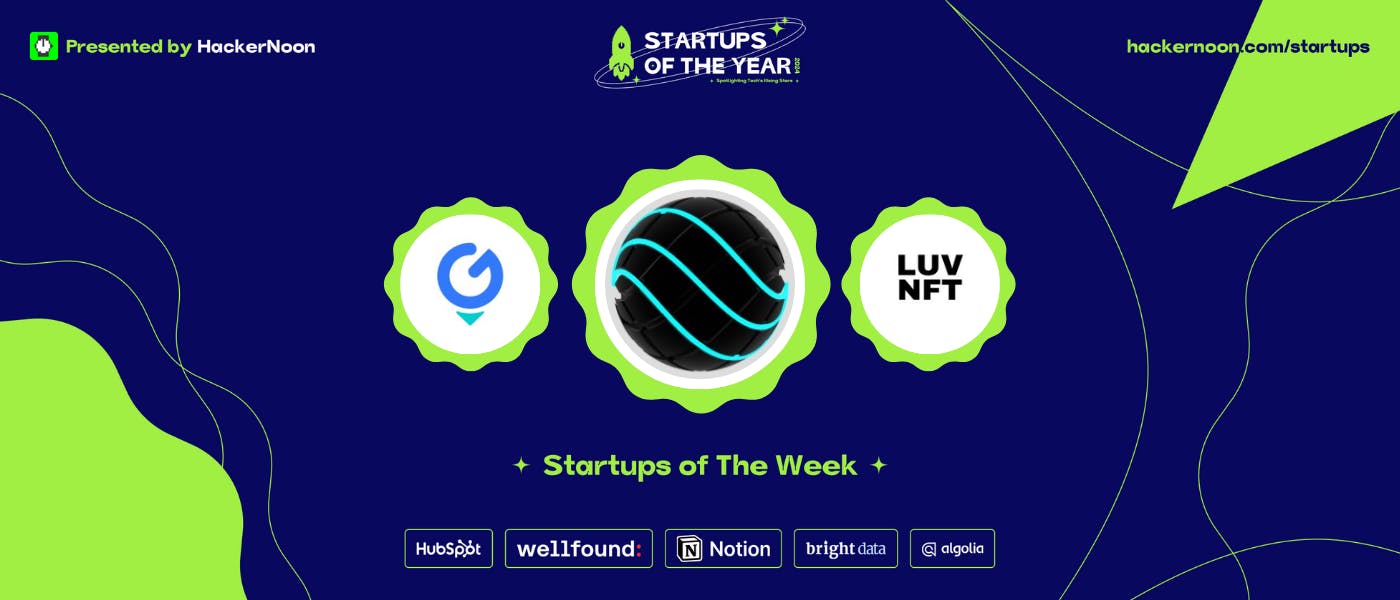What Is the Facebook Algorithm?
The Facebook algorithm uses programming rules and machine learning to decide what you see in your Facebook Feed. It selects posts, Stories, and ads based on your interactions, the type of content, and how recent the posts are, aiming to give you a personalized and engaging experience.
How the Facebook Algorithm Works in 2025
Facebook’s objective is to ensure users encounter posts that resonate with their interests and values. This includes posts from individuals and Facebook Groups they are connected with, as well as posts from new sources that are deemed relevant.
There are two types of content that the Facebook algorithm brings to users’ feeds:
- Connected content: This includes posts from friends, Facebook Groups, and liked pages.
- Recommended content: These are posts that are likely to interest the user, coming from pages or people they do not follow.
NOTE: There is also a third type of content, namely Facebook ads, but they are governed by targeted marketing strategies rather than the platform’s core algorithm.
1. How Does the Facebook News Feed Algorithm Work in 2025?
As of 2025, the Facebook algorithm has transformed into a sophisticated, AI-driven system focused on delivering content that resonates with users’ preferences.
While Meta acknowledges the algorithm’s imperfections and the possibility that it may never achieve flawlessness, there’s a clear commitment to evolving and refining its approach to align with user desires.
Amidst its intricate nature and the integration of advanced technologies such as AI and machine learning, the Facebook Newsfeed algorithm can be distilled into four primary ranking factors.
Here are the four ranking factors that Facebook uses for content evaluation:
- Inventory
- Signals
- Predictions
- Relevance
A. Inventory
Initially, the algorithm conducts an inventory of potential feed content. This includes posts shared by friends, Facebook pages followed by the user, and groups they are part of. Importantly, any content that breaches Facebook’s Community Standards is immediately excluded from consideration.
B. Signals
Next, the algorithm evaluates various ‘signals’ or ranking factors to gauge how relevant each piece of content is to the user.
These signals are numerous and diverse, such as the timing of the post, the identity of the poster, the user’s level of interaction with the poster, content type (e.g. links, photos, or videos), user engagement with similar posts, the user’s local time, and even the speed of their internet connection.
C. Predictions
Using these signals, the algorithm makes personalized predictions about the content’s relevance and value to the user. For instance, if a user interacts more with branded posts during early mornings, the algorithm will adjust to show more of those posts during that timeframe.
D. Relevance
Finally, each piece of content is assigned a ‘relevance score.’ Content with higher scores gets priority in the Feed.
After organizing the connected content, the algorithm begins to incorporate recommended content into the user’s Feed. To avoid monotony, it avoids showing consecutive posts from the same creator or a series of similar content types back-to-back.
2. How Does the Facebook Reels Algorithm Work in 2025?
In 2025, the Facebook Reels algorithm operates with a distinctive approach, tailored to the platform’s increasing emphasis on short-form video content. Understanding this Facebook algorithm change is key for creators and marketers looking to maximize their engagement and visibility through Reels.
Here are the factors the Facebook Reels algorithm takes into consideration:
- User engagement priority: The algorithm heavily prioritizes user engagement metrics like watch time, likes, comments, and shares. A critical aspect is the completion rate of each Reel — videos watched from start to finish are likely to be favored by the algorithm.
- Content originality and quality: Facebook limits the reach of content that lacks originality, restricting its distribution.
- Utilization of trending elements: Content that leverages trending audio, effects, and topics on Reels tends to reach more users.
- Community guidelines compliance: Videos that violate Facebook’s Community Guidelines are less likely to be promoted and can even be removed.
- Personalized recommendations: The algorithm considers users’ past behavior to suggest Reels that align with their interests and preferences.
- Algorithmic learning and adaptation: The Reels algorithm continuously learns and adapts based on user behavior and feedback. This means that the kind of content that gains traction can evolve, reflecting changes in user preferences and broader platform trends.
How Does Facebook Recommend Content?
Facebook’s system for recommending content presents a valuable opportunity for brands and creators to engage new audiences without relying on paid advertising.
The uniqueness of this recommendation system means that no two users will see the same set of recommendations, which aligns with Facebook’s objective to provide relevant and valuable recommendations tailored to each individual.

To enhance your content’s likelihood of being recommended, it’s crucial to understand and comply with Facebook’s guidelines. All content must meet Facebook’s Community Standards, a comprehensive set of rules outlined in their Transparency Center.
Examples of content that contravenes these standards and will be removed include violence, crime, suicide or self-injury, child exploitation or nudity, bullying or harassment, spam, inauthentic behavior, and misinformation.
However, adhering to these standards alone doesn’t guarantee recommendation eligibility. Facebook’s Recommendations Guidelines aim to uphold a higher standard than the Community Standards. Thus, not all content permissible on the platform is suitable for recommendations.
If you want to be recommended to Facebook users, avoid these five types of content:
- Content compromising safety, like discussions of self-harm, suicide, eating disorders, sexually explicit material, or promotion of regulated products
- Sensitive or low-quality content, such as ‘miracle’ health supplements or questionable financial schemes
- Disliked content by users, like clickbait or engagement bait
- Low-quality publishing, such as news content lacking transparent authorship
- False or misleading content, including fake news or claims debunked by independent fact-checkers, like vaccine misinformation.
Tips for Working with Facebook’s Algorithm
To optimize your Facebook marketing efforts and get the algorithm on your side, you need to have a strategic approach.
Here are some tips to help you optimize your content, engagement, and overall Facebook strategy:
- Create relevant content for your target audience
- Engage Facebook users and encourage interaction
- Experiment with different types of content
- Don’t use clickbait and engagement bait
- Avoid spreading fake news
- Post UGC and mention people in your posts
- Create engaging video content
- Don’t forget the basic status post
- Put ad dollars behind your most impactful content
1. Create Relevant Content for Your Target Audience
In the realm of social media marketing, your primary objective should always be to produce high-quality content that truly resonates with your audience.
The more relevant and effective your content is, the more likely it is to garner engagement, signaling to the platform’s algorithm that users are interested in seeing more of your posts.
Bear in mind that creating content that connects with your target audience doesn’t come with a universal formula, as every audience has its unique preferences. However, using metrics can be incredibly insightful. If certain posts don’t perform as expected, delve into the reasons behind this by analyzing data available in Facebook Insights.
Post at the Right Time for Facebook’s Algorithm
Creating relevant content alone may not be enough to drive results. This is why it’s essential to post when your audience is most active.
Here are the best times to post on Facebook for each day of the week:
- Best time to post on Facebook on Mondays: at 9 AM and again at 3 PM to 4 PM
- Best time to post on Facebook on Tuesdays: at 9 AM and 1 PM
- Best time to post on Facebook on Wednesdays: from 9 AM to 10 AM and in the early afternoons around 1 PM to 4 PM
- Best time to post on Facebook on Thursdays: at 10 AM and between 1 PM and 3 PM
- Best time to post on Facebook on Fridays: at 9 AM and between 1 PM and 3 PM
- Best time to post on Facebook on Saturdays: between 12 PM and 1 PM
- Best time to post on Facebook on Sundays: between 12 PM and 1 PM
Rather than attempting to manually upload your posts during peak posting hours, using a tool like SocialBee to simplify the management of your social media content can be incredibly beneficial.
Equipped with a powerful calendar feature, it enables you to schedule content at optimal times, ensuring that your posts get the attention they deserve.


Try SocialBee to schedule your Facebook posts at optimal times and stay on the good side of Facebook’s algorithm.
Start your 14-day free trial today!
Moreover, with SocialBee’s analytics, you can get accurate insights into the types of content that truly resonate with your audience.
This data-driven approach removes any uncertainty from the content creation process, enabling a more focused and effective approach to your Facebook strategy.



/cdn.vox-cdn.com/uploads/chorus_asset/file/25825874/fortnite_festival_multiplayer.png)







